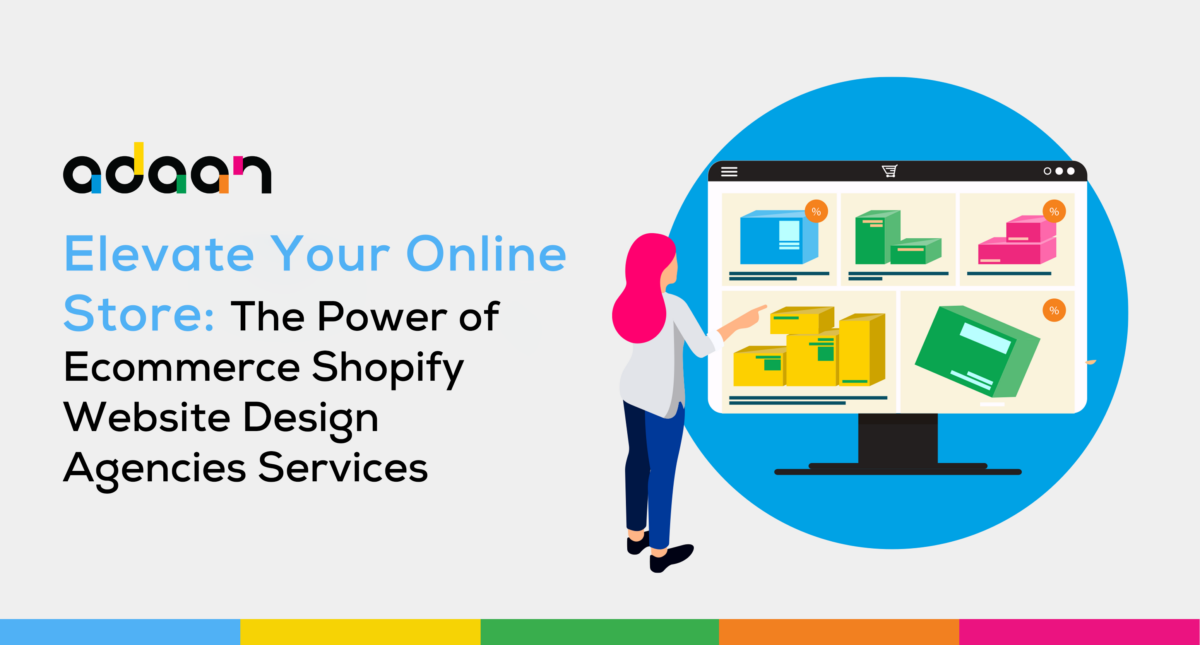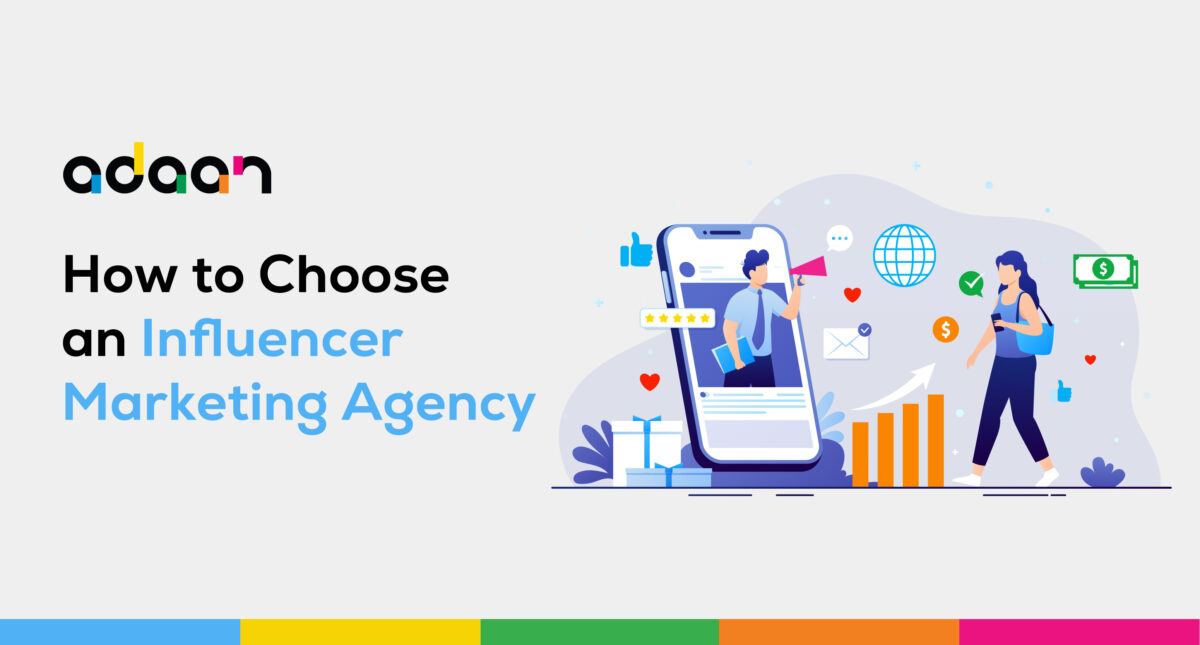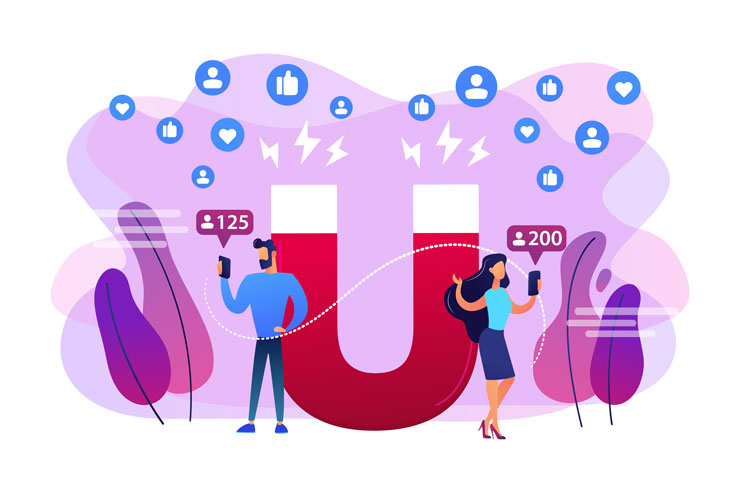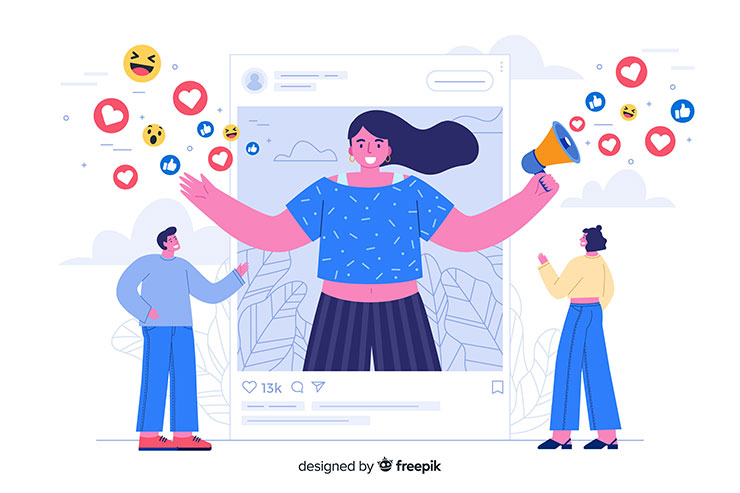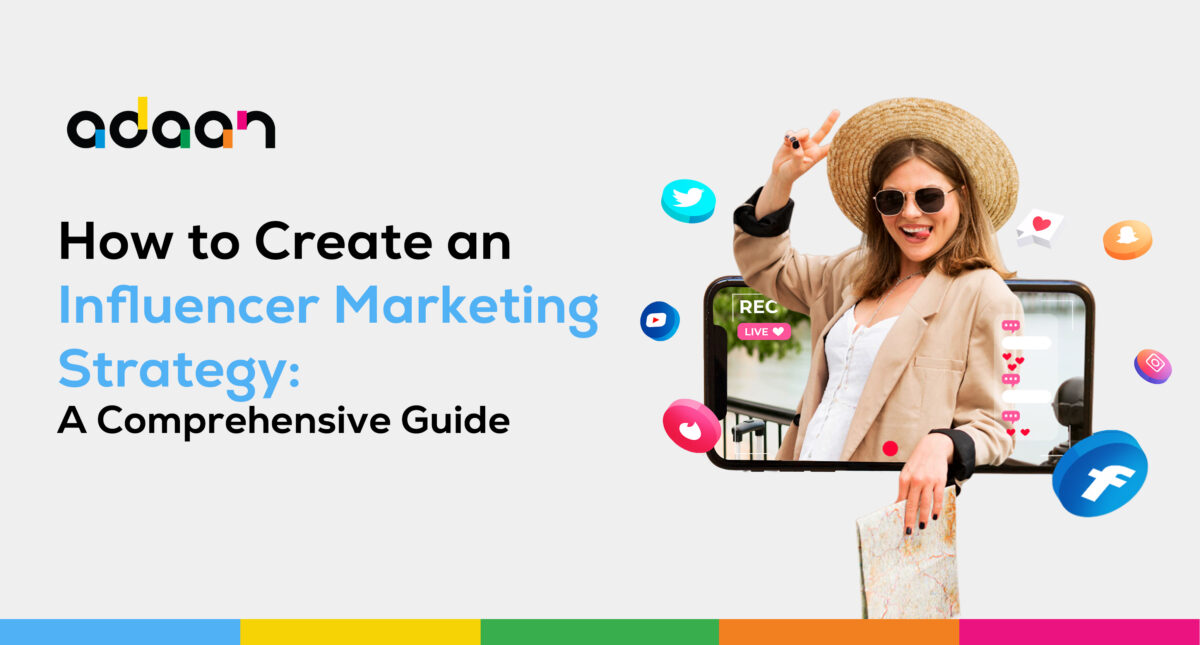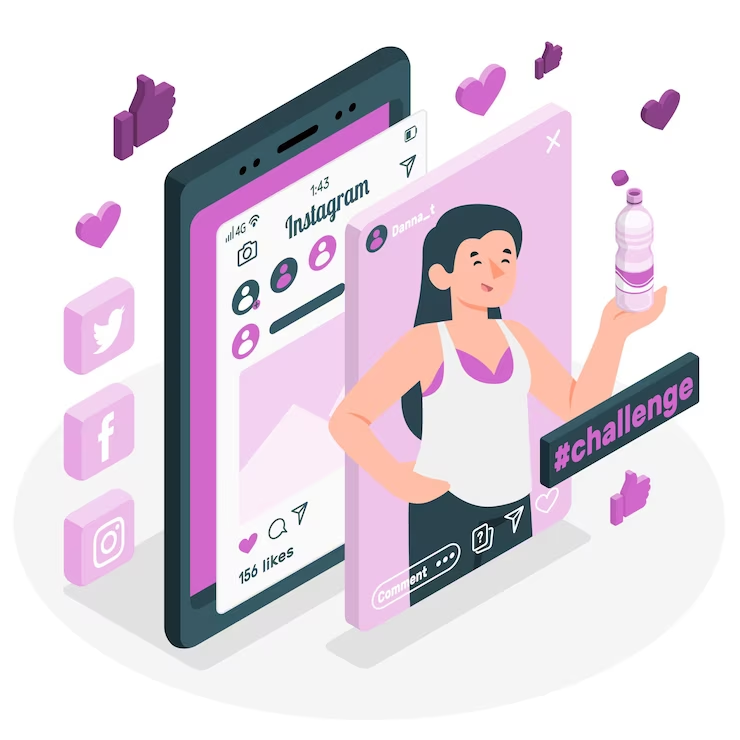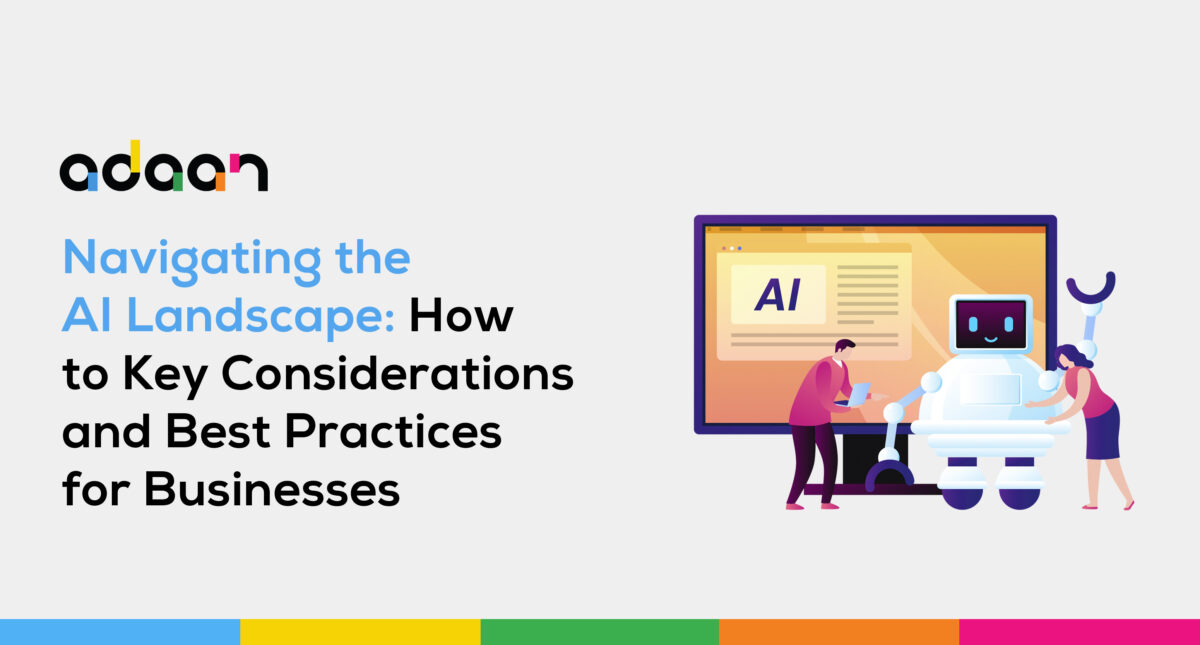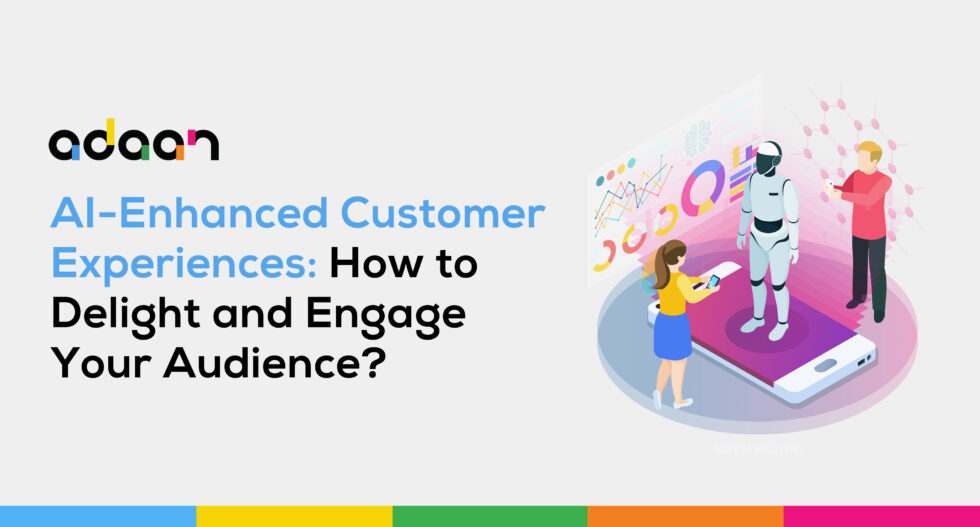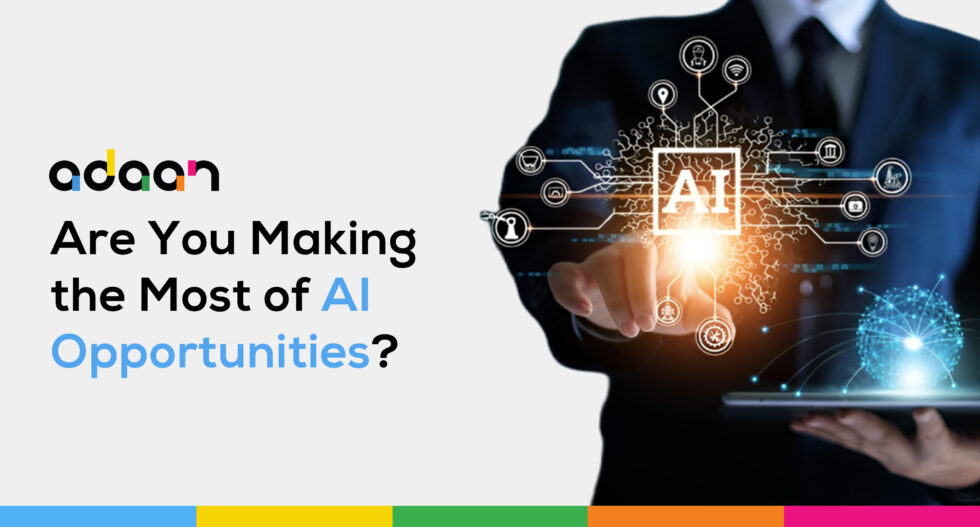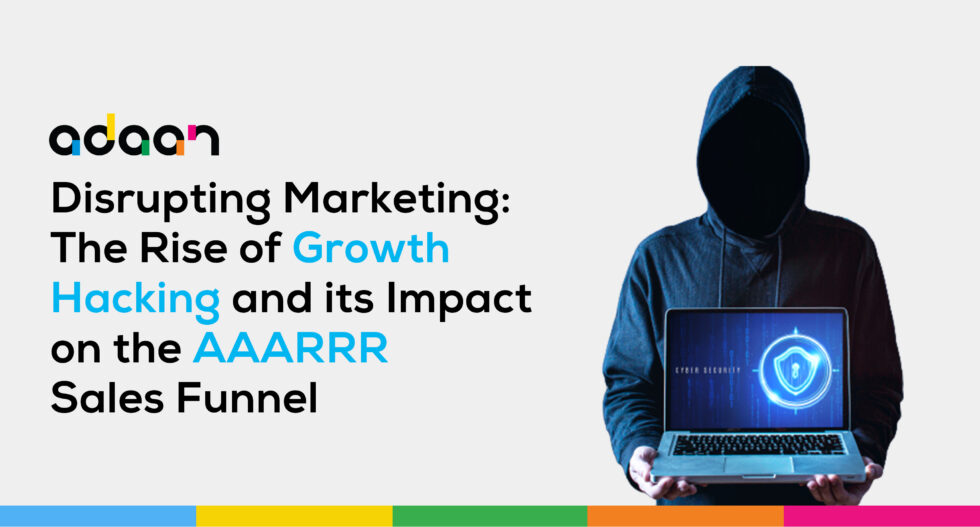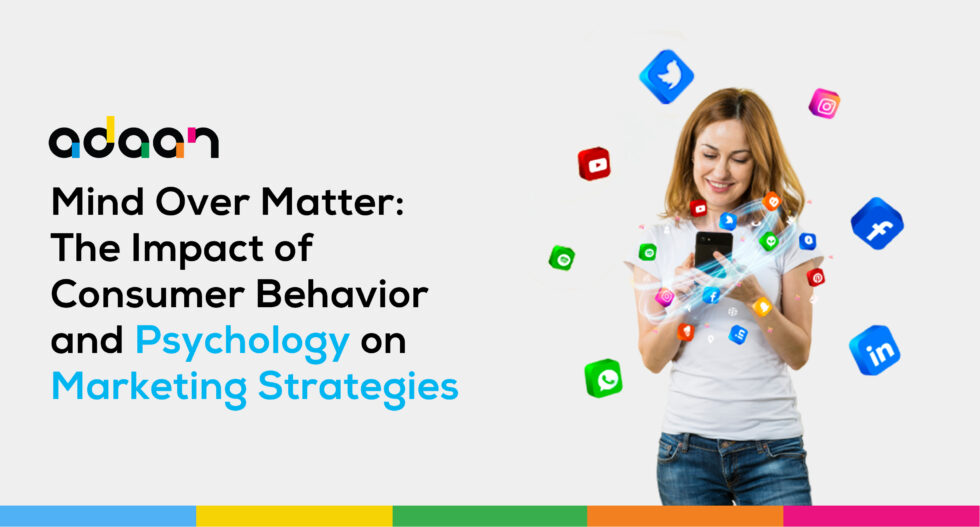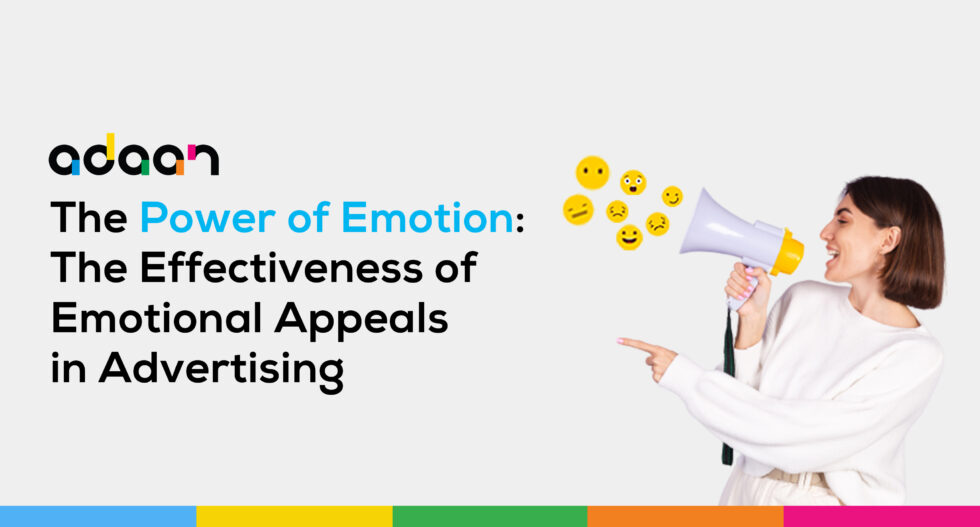AI has quietly infiltrated our lives, powering a myriad of real-world applications like facial recognition and voice assistants such as Siri and Alexa. Its influence has become so seamless that we hardly give it a second thought. But it’s not just limited to consumer gadgets. Companies across all sectors are tapping into the immense potential of AI to revolutionise their operations in all sectors like marketing, production, and data management.
Yet, amidst the excitement, we must acknowledge the potential risks that come hand-in-hand with this transformative technology. From human rights concerns to issues of fairness and the erosion of human agency, critical considerations are at stake.
Recognising this, many nations are proactively developing forward-thinking policies and adapting governance frameworks to keep pace with AI’s rapid evolution. Their aim? To leverage the immense benefits while effectively managing and mitigating any potential pitfalls.
In this in depth article, we embark on an exploration of the awe-inspiring power of AI. We’ll delve into its modern approach, shedding light on the remarkable advancements, mind-boggling artificial intelligence applications, and the profound impact this groundbreaking technology can have on our lives.
The Growing Role of Artificial Intelligence in Business
AI’s transformative capabilities have permeated almost every imaginable industry, revolutionising sectors like manufacturing, healthcare, finance, marketing, and beyond.
In the current landscape, businesses have unprecedented access to vast amounts of data. Forbes reports a staggering 5000% increase in data creation and consumption between 2010 and 2020. By leveraging emerging technologies, companies can now capture user data to inform their strategic business decisions.
Artificial intelligence applications in business are manifold, primarily focusing on driving growth. Companies are discovering innovative ways to enhance business performance by embracing AI and machine learning. Some notable benefits of AI adoption include:
- Boosting efficiency through process automation.
- Improving service speed and consistency.
- Utilising customer insights for informed decision-making.
- Unearthing opportunities for new products and services.
- Enhancing customer service experiences.
- Providing personalised product recommendations.
- Segmenting target audiences effectively.
- Analysing customer satisfaction levels.
- Detecting and combating fraudulent activities.
- Optimising supply chain operations for enhanced efficiency.
By harnessing the AI capabilities and power of AI, businesses can unlock a multitude of advantages, driving growth and propelling them ahead in today’s dynamic marketplace.
Aligning AI Strategy with Business Goals
One of the most frequently mentioned best practices for AI transformation emphasises the importance of a comprehensive and ambitious strategy driven by top leadership within an organisation. It often surprises leaders to learn that the investment required for developing AI solutions cannot be realised through isolated or limited use cases.
Therefore, having an AI strategy that is connected and synchronised across the entire organisation, closely aligned with the overarching business strategy, becomes crucial.
Focus On Customer Impact
Technology leaders must adopt an “outside-in” approach, prioritising customers as key drivers of organisational strategy and functioning. Teams should fully grasp their actions’ impact on customers and their needs.
Consider the Promotion of Product Features
Establishing a clear connection between the work of technology development teams and the features that customers will promote in their products featuring our technology is pivotal for enhancing the teams’ understanding of business strategy and future growth opportunities.
Embrace Transparency
Transparency plays a vital role. Open communication about projects and collaboration among team leaders, engineers, and technology teams fosters mutual buy-in, ensuring everyone shares the same end goal. This approach streamlines work, enables individuals to prioritise their time effectively, and cultivates a sense of pride and ownership in the outcomes.
Engage in Regular Meetings with Executives
Listening is as important as talking, and building relationships is paramount. Schedule regular meetings with executives whenever possible to gain insight into their projects and priorities. IT initiatives should ideally be rooted in these conversations and clearly demonstrate how technology can enable business leaders to achieve their goals.
Ultimately, displaying empathy and a genuine interest in collective success helps cultivate stronger relationships.
Set Objectives and Quarterly Goals
To support the business strategy, tech leaders should establish clear objectives broken down into quarterly goals and disseminated throughout the organisation. Employees should provide regular updates on their progress toward achieving their objectives. When done effectively, the entire department can see how their work aligns with the overall strategy, understand priorities, and recognise interdependencies.
Data Quality and Accessibility: The Foundation of AI Success
In 2018, the field of AI experienced a significant shift. Major organisations with the necessary resources and infrastructure took the lead in training models using massive datasets and investing in the required computing power. These organisations built what is known as “foundation models.”
While these foundation models, including the much-talked-about generative models like GPT3, have found applications in various industries, their predictive accuracy typically peaks at around 70% to 80%. Achieving that remaining 20% to 30% accuracy becomes arduous, demanding meticulous efforts to source high-quality, unbiased data and adopt a meticulous approach to labelling, inspection, and experimentation.
Data preparation, classification, and tagging are vital in making data consumable for machines rather than humans. Organisations that have successfully cracked this code understand the importance of these steps.
As the foundation of any AI system, the quality and reliability of the data used for training directly impacts the trustworthiness of AI-generated recommendations or automation. Trustworthy data can also simplify validating algorithm transparency, business ethics, and accuracy.
Organisations that lack effective data management practices or struggle to instil confidence in their data and analytics endeavours face significant challenges in adopting AI successfully. The same principles that have facilitated scalable self-service analytics—adopting a people-centric approach to data strategy and implementing a governance framework that ensures data trust—are critical for the success of AI projects.
The upfront investment in data preparation, cleaning, and governance minimises downstream issues related to data quality and trust. By implementing a shared data governance framework, organisations assure users that when they rely on published and certified data objects, their colleagues access the same consistent data view.
Ethical and Responsible AI: Guiding Principles for Adoption
With the increasing prevalence of AI and machine learning, concerns surrounding bias, privacy, and accountability have emerged as crucial areas that require attention.
While awaiting comprehensive legislation on responsible AI usage, some principles exist on ethically and effectively leveraging AI advancements.
These principles serve as a framework for comparing and contrasting the current AI practices adopted by organisations, guiding the development of ethically aligned AI solutions and fostering a culture of responsible AI.
Epistemic principles establish the necessary conditions for assessing the ethicality of AI systems. They encompass principles related to interpretability and reliability, enabling organisations to determine if an AI system aligns with ethical standards.
General ethical AI principles, on the other hand, provide behavioural guidelines applicable across different cultural and geographical contexts. They outline how AI solutions should act when faced with moral decisions or dilemmas in specific fields.
These principles cover areas such as accountability, data privacy, and human agency.
Various industries and organisations, including government agencies, private-sector firms, academia, think tanks, associations, and consortiums, gravitate toward different principles.
While fairness is a universal priority, safety is more prevalent in industries dealing with physical assets than information assets. Lawfulness and compliance feature prominently in principles released by governmental agencies, associations, and consortiums. However, while all organisations must adhere to the law, few recognise it as an ethical principle.
Beyond the moral imperative, there is a compelling business case for ethically employing AI. Organisations prioritising ethical practices reap several benefits, including increased customer trust, improved brand reputation, and enhanced loyalty. Ethical AI usage also helps mitigate legal and regulatory risks, avoiding potential backlash that could harm a company’s financial standing.
Collaboration and Talent Acquisition: Building AI Capabilities
Implementing AI tools can significantly streamline and enhance the hiring process. Artificial Intelligence in business provides professionals and employers with a more effective means of evaluating, shortlisting, and interviewing applicants than conventional methods.
In the digital transformation era, AI’s ability to streamline and automate the hiring process has proven to be a game-changer. From smart sourcing to automated screening, the AI-driven process is poised to eliminate human bias, increase efficiency, and deliver a more personalised candidate experience.
Integrating AI into talent acquisition requires a collaborative effort between HR teams, tech departments, and the AI itself. This collaboration fosters a learning environment where AI can be tailored to a company’s specific recruitment needs.
It could be helpful in so many verticals, such as:
- Candidate Sourcing: AI algorithms can scan job boards, social media networks, and other digital spaces to find potential candidates based on the criteria set by recruiters. This can drastically reduce the time spent on sourcing and ensure a wider, more diverse talent pool. With Artificial Intelligence in business, the candidate sourcing process becomes agile.
- Resume Screening: AI can expedite this process by automatically parsing through hundreds or even thousands of resumes, quickly identifying the most suitable candidates based on skills, experience, education, and other predetermined parameters.
- Candidate Engagement: AI chatbots can be used to engage with candidates, answering their queries about the company or the job role in real-time, thus ensuring a seamless candidate experience.
- Interview Scheduling: AI can cross-check the availability of candidates and interviewers and find suitable times for everyone, reducing back-and-forth emails and miscommunications.
- Predictive Analysis: AI can analyse historical hiring data to predict hiring trends and outcomes. For instance, it can determine which sourcing channels yield the best candidates, what characteristics successful hires share, and how long the hiring process for a specific role typically takes.
- Onboarding: AI can streamline the onboarding process once a candidate is hired. The systems can guide new hires through the necessary paperwork, training modules, and orientation schedules, ensuring a smooth and efficient onboarding experience.
Piloting and Scaling: Learning from Iteration
In the realm of AI implementation, piloting and scaling are two crucial steps in driving successful outcomes. They involve learning from iterations and improving solutions for optimal performance.
Piloting AI in Talent Acquisition
The initial piloting phase involves introducing AI tools on a smaller scale, focusing on a specific aspect of the talent acquisition process. For instance, AI could be piloted for resume screening for a particular job role or department.
This phase provides a low-risk environment to test the capabilities of AI tools, refine them based on real-world scenarios, and gauge their effectiveness. Feedback and performance data gathered during this phase are invaluable for making necessary AI tools and methodologies adjustments.
Learning from Iteration
Iterative learning is a cyclical process of implementing, reviewing, learning, and enhancing. In the context of AI, this involves deploying AI tools, collecting data, analysing the results, and making necessary adjustments based on these results.
In each iteration, the AI system gains more data, which leads to improved performance and more accurate results. This learning process is critical in identifying any shortcomings of the AI model, refining its performance, and understanding its effectiveness and limitations in a real-world recruitment scenario.
Scaling AI in Talent Acquisition
Once the piloting phase yields positive results and the necessary improvements have been made through iterative learning, it’s time to scale the AI solution. Scaling involves expanding the use of AI tools beyond the initial pilot and applying them to a broader range of roles, departments, or even across the entire organisation.
Scaling should be a gradual process, ensuring that the AI tools can handle larger volumes of data and tasks while maintaining their effectiveness and accuracy. A well-managed scaling process allows an organisation to maximise the benefits of AI in talent acquisition, improving efficiency, reducing bias, and enhancing the overall recruitment process.
User-Centric Design: Enhancing Adoption and Acceptance
User-centric design is a crucial aspect of AI implementation that focuses on creating solutions that meet the needs and preferences of end users. By prioritising user experience, organisations can enhance the adoption and acceptance of AI systems.
Here’s how user-centric design contributes to these goals:
Understanding User Needs
User-centric design begins with deeply understanding user needs, challenges, and expectations. Organisations can gather insights into user preferences, workflows, pain points, and desired outcomes through user research, surveys, interviews, and usability testing. This understanding helps design AI systems that align with user requirements and deliver value.
Intuitive and User-Friendly Interfaces
AI systems should have intuitive interfaces that are easy to navigate and understand. Complex technical processes should be abstracted behind simple and clear interactions. Designers should focus on minimising cognitive load, providing clear instructions, and ensuring users can easily interact with the system. Well-designed interfaces improve usability, reduce the learning curve, and enhance user satisfaction.
Transparency and Explainability
Users are more likely to trust and adopt AI systems when they understand how the system works and can interpret its outputs. Transparency and explainability in AI algorithms and decision-making processes are crucial for building user trust. Organisations should strive to provide clear explanations of how the AI system arrives at its conclusions and take steps to address biases or errors in the system.
User Feedback and Iteration
Continuous feedback from users is vital for refining and improving AI systems. Organisations should actively seek user feedback, monitor system performance, and incorporate user suggestions into future iterations.
Ethical Considerations
User-centric design should also incorporate ethical considerations, ensuring that AI systems respect user privacy, adhere to data protection regulations, and avoid discriminatory or harmful practices. Designers should actively mitigate biases, ensure fairness in decision-making, and promote inclusivity in system design.
Continuous Learning and Adaptation: Keeping Pace with AI Advancements
The emergence of AI presents business leaders with novel and distinct challenges. They must maintain financial performance while simultaneously investing in recruitment, employee training, and cutting-edge technologies that enhance productivity and foster growth. Balancing these seemingly conflicting business objectives often leads to arduous and complex decision-making for leaders.
There are a few areas in AI that can be used to adapt to new advancements:
- Actively engaging with the research community, attending conferences, and following reputable publications and blogs to understand cutting-edge techniques and incorporate them into AI systems.
- Investing in training programs, workshops, and courses to enhance the technical competencies of their workforce.
- Collaborating with external entities, such as research institutions, startups, or technology partners, to facilitate access to expertise and resources.
- Exploring new ideas, testing hypotheses, and building prototypes to validate emerging AI techniques.
- Leveraging data analytics and AI itself to gain insights into system performance, user behaviour, and emerging trends.
- Using Agile methodologies, such as Agile or DevOps, to promote iterative development, continuous integration, and quick deployment cycles.
- Actively participating in AI communities, forums, and discussion groups for knowledge sharing, networking, and staying informed about the latest developments.
Harnessing the Power of AI: A Journey of Considerations and Best Practices
Navigating the AI landscape requires careful consideration of key factors and adherence to best practices. Prioritising user-centric design enhances adoption and acceptance, leading to successful implementation.
Additionally, continuous learning, adaptation, and collaboration enable businesses to keep pace with AI advancements and leverage emerging technologies effectively. By recognising the potential risks and embracing ethical principles, businesses can harness the immense benefits of AI while ensuring responsible and accountable usage. Now, build the fine line between business ethics and modern tech!



